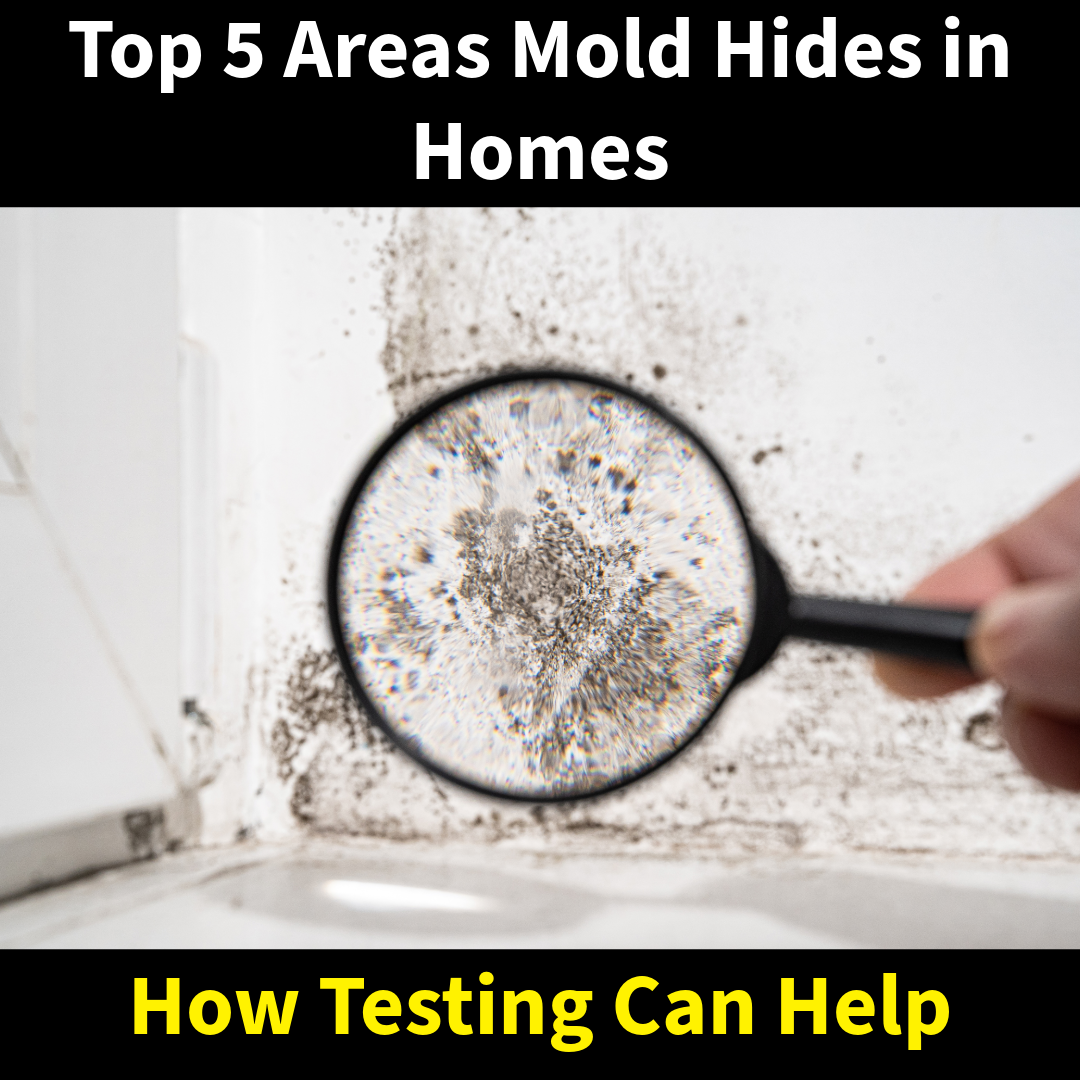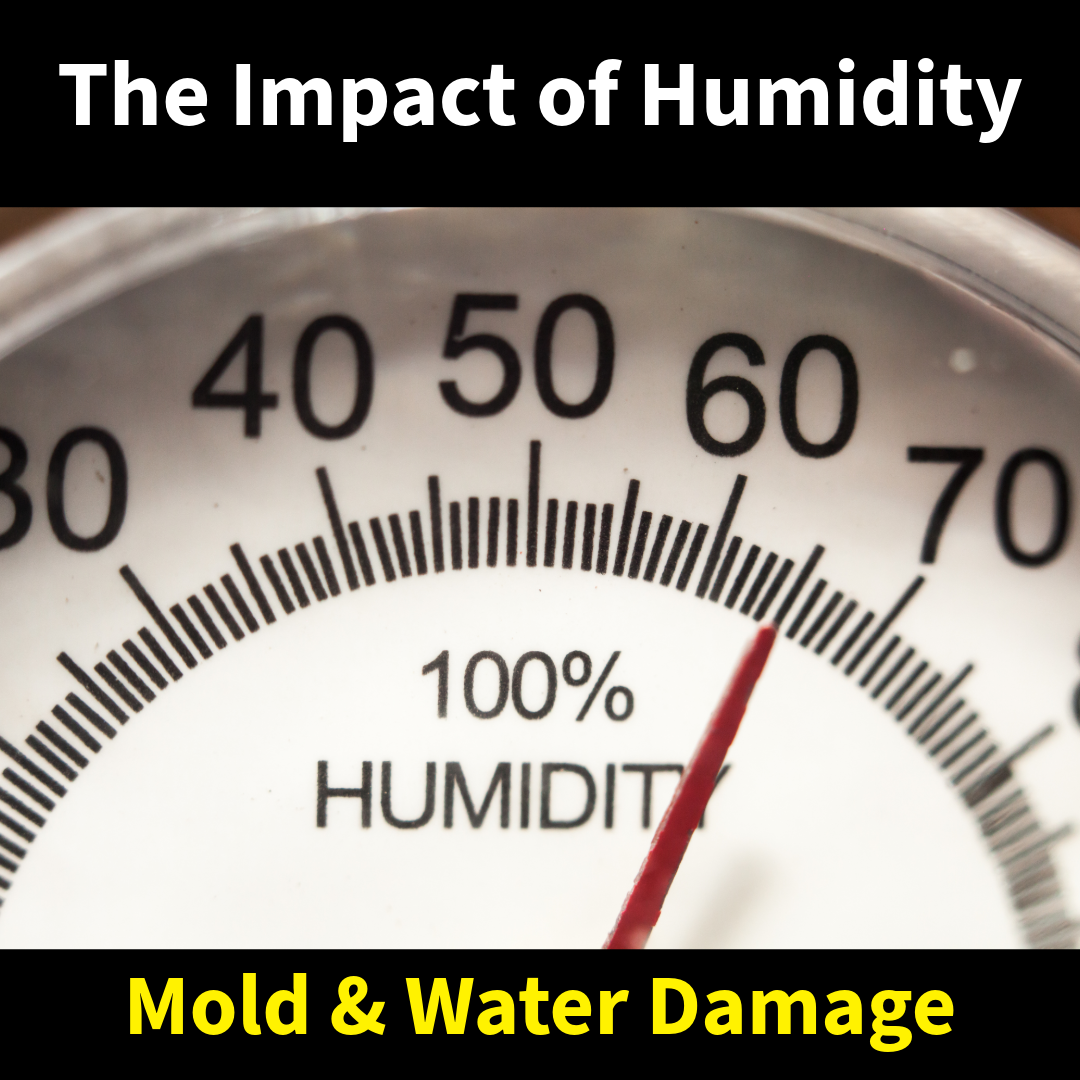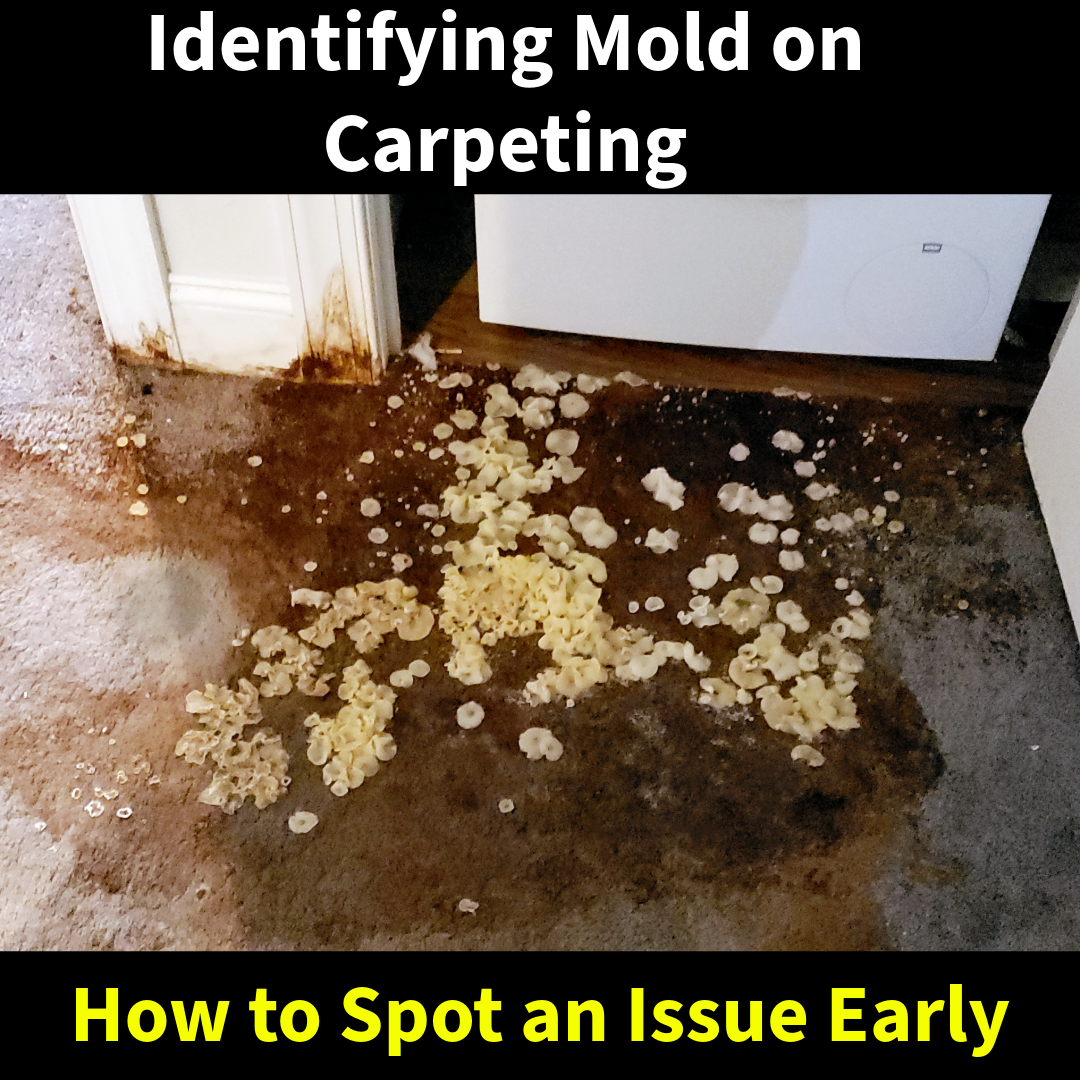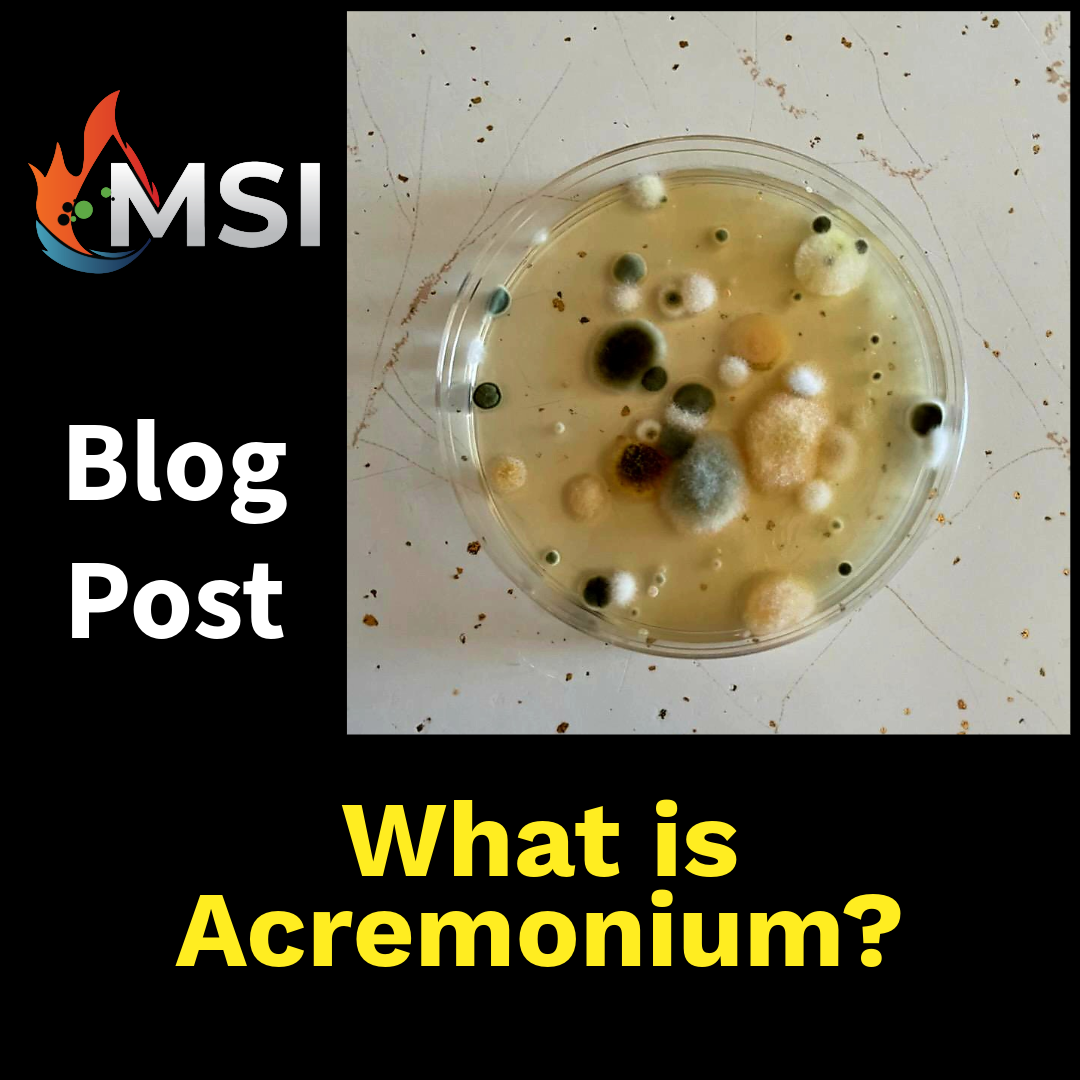While visible mold growth is easy to spot, hidden mold can be a sneaky problem that thrives in unexpected places. Identifying these areas early on is crucial, and mold testing services can help ensure every trace of mold is discovered. Here are the top five areas where mold often hides in homes and how professional testing can help.
Behind Walls
Mold growth behind walls is common, especially in areas where plumbing leaks or condensation occurs. Drywall and insulation provide an ideal environment for mold to thrive, often unnoticed for months or even years. Since you can’t see behind walls, professional mold testing services can detect the presence of hidden mold by analyzing air quality and using specialized equipment.
Under Carpets and Flooring
Moisture from spills, flooding, or high humidity can seep beneath carpets and flooring, creating a perfect breeding ground for mold. Mold can grow on the padding or subfloor, often remaining hidden until the damage becomes severe. Mold testing can identify the issue before it becomes visible, saving you costly repairs.
Inside HVAC Systems
Your HVAC system—including air ducts, filters, and coils—is another common hiding spot for mold. The combination of dust, moisture, and darkness makes HVAC systems a prime environment for mold growth. Mold in your HVAC system can spread spores throughout your home, affecting indoor air quality. Testing ensures that your entire system is inspected and safe for use.
Underneath Sinks and Around Plumbing
The cabinets under sinks and areas around plumbing fixtures are hot spots for hidden mold. Leaky pipes or trapped moisture create a perfect environment for mold to flourish. Often overlooked during routine cleaning, these areas can be easily tested for mold using moisture meters and air sampling techniques.
Attics and Basements
Attics and basements are particularly vulnerable to hidden mold due to poor ventilation, high humidity, and potential leaks. Mold in these areas can go unnoticed for years, especially in unused or infrequently visited spaces. Professional mold testing can identify mold problems in these areas before they spread to the rest of your home.
How Mold Testing Ensures Complete Identification
Mold testing services go beyond what the eye can see. Professionals use advanced tools and techniques to detect mold, including:
- Air Sampling: Measures the concentration of mold spores in the air, helping to identify hidden mold sources.
- Surface Testing: Involves swabbing or tape-lifting surfaces to determine the presence of mold.
- Moisture Mapping: Identifies areas of excess moisture that could lead to hidden mold growth.
By pinpointing the exact locations of hidden mold, testing ensures a comprehensive approach to remediation and prevention.
Protect Your Home with Professional Mold Testing
Hidden mold can cause serious damage to your home and health if left unchecked. Mold testing services provide peace of mind by identifying mold in even the most concealed areas. If you suspect hidden mold in your home, don’t wait—contact a professional mold testing company to ensure your home is safe and mold-free.
For expert mold testing and remediation, trust Mold Solutions & Inspections. Our team is dedicated to protecting your home and health with thorough and reliable services. Schedule your mold testing today!



